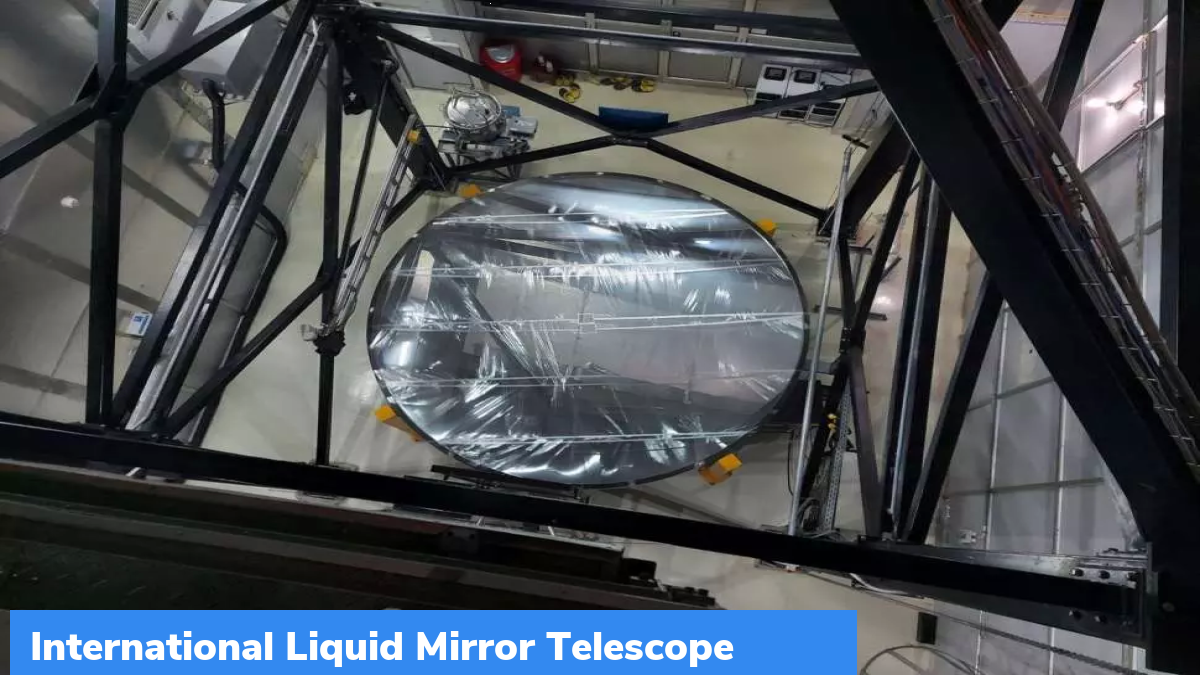International Liquid Mirror Telescope (ILMT)
India’s first liquid mirror telescope first came to light in early 2022. This telescope will observe asteroid, space debris, supernovae, and all other celestial objects from an altitude of 2,450 metres in Uttarakhand.
What is international liquid-Mirror Telescope?
- It is world’s first liquid-mirror telescope, that was commissioned for astronomy. Other liquid-telescopes were previously built either to track satellites or were used for military purposes.
- International Liquid-Mirror Telescope (ILMT) was set up at the Devasthal Observatory campus, which is owned by Aryabhatta Research Institute of Observational Sciences (ARIES), Nainital in Uttarakhand.
- ILMT will be the third telescope facility at Devasthal, that has become world’s pristine sites for obtaining astronomical observations.
When will it be operational?
ILMT is set to commence its full-scale scientific operations in October 2022. It will work along with 3.6-metre Devasthal Optical Telescope (DOT), which is India’s largest telescopes in operation.
How is ILMT different?
- Liquid-mirror telescopes are stationary telescopes which is used to image a strip of the sky at a given point of time at night as opposed to the conventional telescope which is steered to point towards celestial source of interest in sky for observations. The liquid-mirror telescope will survey and capture all possible celestial objects ranging from stars, galaxies, asteroids, supernovae explosions to space debris.
- Conventional telescopes comprise of highly polished glass mirrors, either single or a combination of curved ones. These glasses are steered in a controlled fashion to focus on targeted celestial object on specific nights. This light is then reflected to create images. While the liquid-telescope is made up of mirrors with reflective liquid. In ILMT, mercury has been used as reflective liquid.
- Conventional telescopes help in observing specific stellar sources for fixed hours in accordance with study requirement and time allotted by respective telescope time allotment committee. While, ILMT will help in capturing images of sky on all nights between two successive twilights.
Countries that developed ILMT
India, Canada, Belgium, Poland and Uzbekistan are the main countries to collaborate on setting up the ILMT. It was designed and built at Advanced Mechanical and Optical Systems Corporation and Centre Spatial de Liège in Belgium.
Month: Current Affairs - June, 2022
Category: Science & Technology Current Affairs


